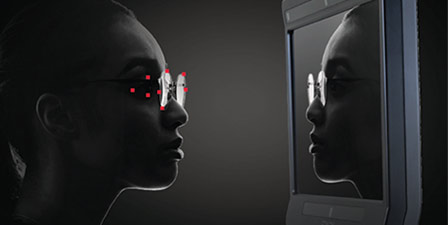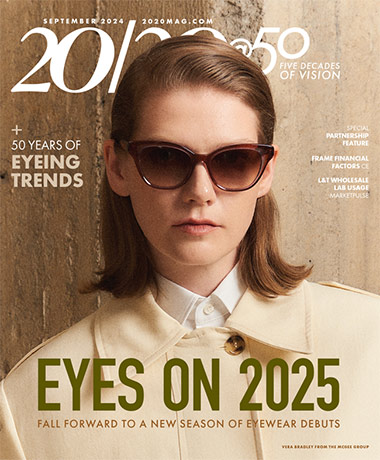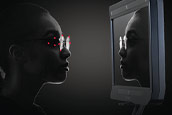
Coming soon, it will be eyes to the night sky for annual Fourth of July celebrations nationwide, but the most fireworks injuries occur during the weeks from mid-June to mid-July. The 2022 Consumer Product Safety Commission (CPSC) report found that 73 percent of more than 10,000 fireworks injuries occurred during that time, and 16 percent of injuries were to the eyes. Firecrackers and sparklers caused nearly 2,000 injuries alone.
Mishandling and misusing fireworks, even where they are legal, can result in severe injury, even death. The report also contained information about CPSC’s surveillance of fireworks sold in the U.S. In 2022, an alarming 43 percent of selected and tested fireworks were found to contain illegal components that could cause severe injuries. These components included fuses that do not comply with the law, the presence of prohibited chemicals and pyrotechnic materials overload. Other key findings from the report on injuries in the month surrounding the July 4th holiday included those adults 25 to 44 years of age experienced about 36 percent of the estimated injuries, and children younger than 15 years of age accounted for 28 percent of the estimated injuries. The American Academy of Ophthalmology (AAO) reported that of all the ocular firework-related injuries in the U.S., 65.9 percent of individuals were 18 years or younger, 71.9 to 89 percent were male, and the injury rate was higher in children ages 10 to 19 years old. The AAO also notes that regions with more restrictive fireworks legislation have an 87 percent lower ophthalmic injury rate. (Note: Only Massachusetts bans fireworks completely. Eighteen other states have some restrictions, mostly permitting only non-arial and non-explosive fireworks.)
The AAO reports the most common eye injuries from fireworks are ocular burns which commonly are from firecrackers, eyelid injuries, corneal injuries and vitreous hemorrhages. Rocket and mortar-type fireworks caused ruptured globe, hyphema, which is blood collecting in the anterior chamber of the eye, and corneal injury. Fireworks malfunction, such as early detonation, reigniting failed fireworks or misdirection posed the greatest risks of injury.
Distance from fireworks is the best safety measure, especially professional fireworks display should be viewed outside a perimeter where injuries are rare. Children should be supervised closely, especially with sparklers, which can burn at between 1,800- and 3,000 degrees Fahrenheit, not to mention the wire handle. (Glow sticks, confetti poppers or streamers are great alternatives for kids.) Everyone should wear eye protection around fireworks. Never throw or point fireworks at another person. Only light one device at a time, and maintain a safe distance after lighting. Never ignite a device in a container. Do not try to re-light or handle malfunctioning fireworks. Add common sense to these tips, and you and your patients can enjoy the festivities safely.
• Linda Conlin
Pro to Pro Managing Editor
[email protected]












